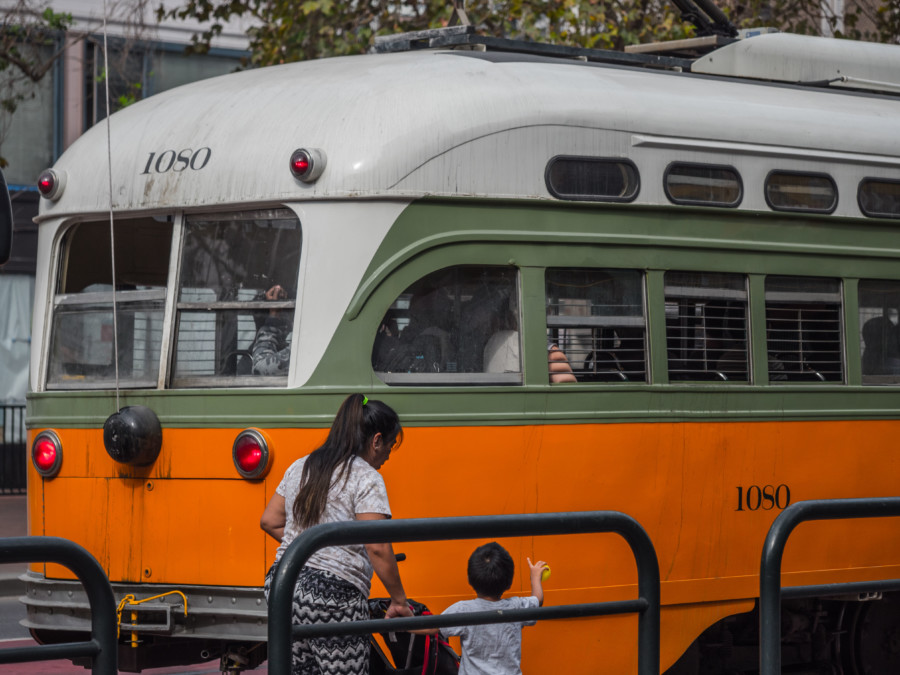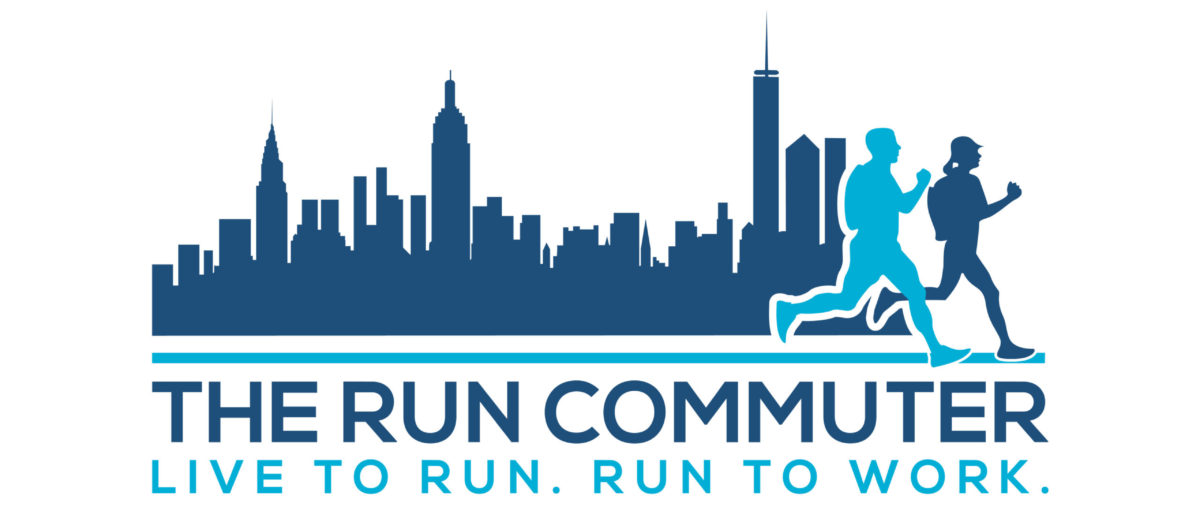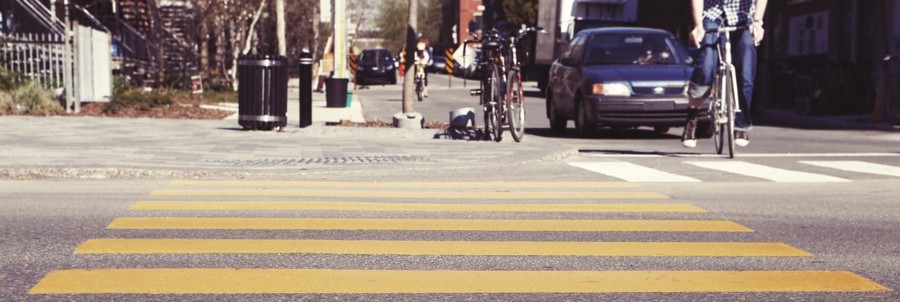I jaywalk. I admit it. I was well into adulthood when I realized this conduct was considered mildly criminal. My wife was once given a citation for it, which means I am not alone in failing to comprehend that it is frowned upon — or perhaps we have in common that we are scofflaws in this regard.
Yet I also am paranoid about crossing the street. When I run commute, I make it a point to stand well back at intersections. I have a specific memory. Or, more accurately, I was told a story once that was so vivid I felt I had witnessed the event myself, even though I was only relayed the situation; it’s a textbook example of hearsay but no less compelling to me for having heard it from a friend.
More than twenty-five years ago, so essentially in another life — I am twice the age now I was then — I was meeting my pal Chris. He was a bit late.
When he showed up, he explained to me he had seen a terrible accident. He saw somebody die. This was in San Francisco, downtown, maybe on Market Street, one of the major thoroughfares. He was walking. A bicycle messenger swerved in front a city bus, but come what may didn’t make it, and the guy was run over by the massive vehicle.

What made it compelling, however, was that Chris told me, at least in my memory, he watched, as did other bystanders, the death throes of the victim. As the victim was being crushed under the wheels and the weight, his legs twitched madly, with blood seeping outward. His description was completed by his shock, which was palpable; I shared it.
Even though I was not there, I have to say the incident made an impression. I visualized the gruesome scene as perfectly as if I had been there in the flesh. In the free association of trying to exorcise the image, I recalled childhood piano lessons that had failed to make me a concert-playing prodigy. There was a style of song, the tarantella, which had a mythology about dancing to death.
So when I am headed downtown in the early morning, I have trained myself to be mindful. There are so many cars pulling out of garages or turning behind me as I dash straight through the crosswalk, not to mention the buses, public and private, that come with great speed perpendicular to my path of travel, and the MUNI trains, which rattle the very ground. I appreciate, both in the sense of being grateful and in the sense of being awed, that this anecdote had such power. In my work as an advocate and a teacher of those who would persuade, I communicate using narratives and encourage the same.
I also have direct experience of the near miss. More than the moments when I personally came close to shuffling off my mortal coil, I am enthralled by what I was present for, observing in that manner that has the sensation of being at the cinema (what analogy was appropriate before moving pictures?), that surreal perception of slo-mo that somehow cannot be stopped despite its pace. Once, I had met a colleague at the Golden Gate Bridge to hike in, enjoying an urban landscape that tops my list of places to live, and as we proceeded along Crissy Field in the amiable conversation I associate with strolling, a woman of a certain age, oblivious to the risk, violated the right of way held by a luxury car being propelled forward far too fast. By some miracle, she was not squashed, not more than two arms’ lengths away, and, even more shockingly, she appeared to be undisturbed by the prospect of her demise; she continued in her daze. By coincidence, the driver was even more insensitive to what was happening around him, and, in a display of the inaction that is more remarkable than any action, he disappeared into the traffic rather than screeching to a halt.
The moral is what they say about getting out of bed in the morning. If we possessed perfect knowledge, we would not rise. All in all, I prefer the alternative. I hazard the run commute, and I am the better for it. I just have to pay attention to the lights — we all do.

